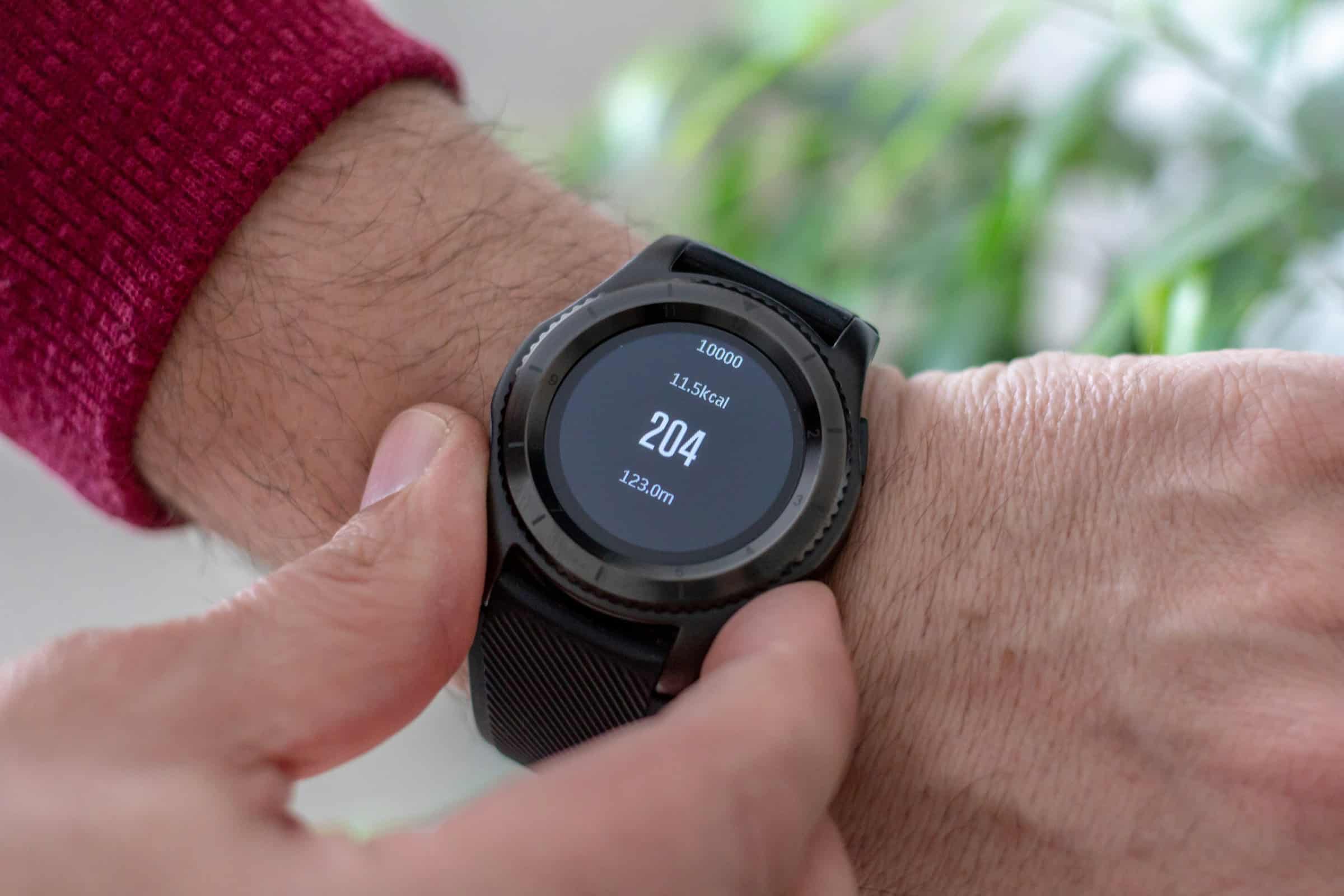How Are Wearable Biometric Devices Impacting Workplace Health Initiatives?

In this digital age, the use of wearable technology has become increasingly prevalent. These small, technologically advanced devices are now being used to monitor and improve the health of employees in workplaces across the globe. As you navigate the complexities of managing your organization’s health and wellness programs, it’s essential to understand the potential impact of wearable biometric devices.
The Rise of Wearable Technology in the Workplace
The rapid advancement of technology has made it possible for wearable devices to be incorporated into our daily lives. This has led to a shift in the way we approach health, fitness, and overall well-being. In response to this trend, many businesses have begun to integrate wearable technology into their wellness programs.
A voir aussi : What’s the Role of Nanomaterials in Enhancing Filtration in UK Water Treatment?
According to a study by Crossref, over 50% of employees in developed countries are expected to use wearable technology at work by the end of 2024. The devices range from fitness trackers and heart rate monitors to advanced biometric sensors capable of tracking everything from sleep patterns to blood glucose levels.
The implementation of wearables in the workplace is not just limited to physical health monitoring. Many companies are also using these devices to monitor stress levels, cognitive performance, and even the social interactions of their employees. This data can be used to identify trends, pinpoint areas of concern, and develop strategies to improve overall wellness in the workplace.
Dans le meme genre : What Are the Cutting-Edge Therapies for Managing Chronic Pain in the Elderly?
The Impact of Wearable Devices on Employee Health
The potential benefits of wearable technology in the health and wellness space are vast. A study by the International Journal of Environmental Research and Public Health found that the use of wearable devices can lead to significant improvements in physical activity, nutrition, and overall health outcomes.
Wearable devices provide a wealth of data that can be used to make informed decisions about health and wellness interventions. For example, a health coach can use the data collected from a wearable device to create a personalized fitness plan for an employee. This level of individual attention can help to motivate employees to engage in healthy behaviors and can lead to significant improvements in overall health and wellness.
Wearables and the Future of Workplace Health Initiatives
The rise of wearable technology is bringing about a transformation in how businesses approach health and wellness initiatives. Companies are now able to collect and analyze data on a scale never before possible, allowing for more effective planning and implementation of health initiatives.
One of the most promising applications of wearables in the workplace is their potential to encourage physical activity. A study in the Journal of Medical Internet Research found that employees who wear activity trackers are more likely to engage in physical activity than those who do not use these devices. This could have a significant impact on reducing sedentary behavior, which has been linked to a range of health issues, including obesity, cardiovascular disease, and mental health problems.
Concerns about Wearables in the Workplace
While the benefits of wearable devices are undeniable, there are also several concerns related to privacy and data security. Employees may be hesitant to use wearable devices if they believe their personal information is at risk of being misused. Furthermore, companies must be cautious not to violate any laws or regulations related to employee privacy.
Another concern is the potential for wearables to create a culture of constant monitoring in the workplace. This could lead to increased stress and pressure among employees, which could ultimately have a negative impact on their health and wellness.
Despite these concerns, the widespread adoption of wearable technology in the workplace seems inevitable. As such, it’s crucial for organizations to address these issues proactively and to develop policies and procedures that protect employee privacy and promote a healthy workplace environment.
In summary, wearable technology offers a promising tool for improving the health and wellness of employees. However, organizations must navigate the challenges of privacy and ethics when implementing these devices in the workplace. By doing so, companies can harness the power of wearable technology to foster a healthier, happier, and more productive workforce.
The Role of Big Data in Wearable Technology
Wearable devices have become a vital component in gathering big data, which is instrumental in crafting health initiatives in the work environment. These devices measure a variety of vital signs, from heart rate and blood pressure to sleep patterns and stress levels. The ability of wearable technology to collect such a broad range of data is a significant advantage in the health and wellness field, notably for the workplace.
Through the analysis of this data, organizations can identify specific areas of concern amongst their employees. For example, if a significant number of employees show elevated stress levels during specific periods, companies can examine work processes during these times and identify potential causes of stress. Consequently, suitable interventions can be put in place to mitigate these stress factors, leading to a healthier and more positive work environment.
In addition, wearable devices generate a wealth of individual data that can be utilized in personalizing wellness programs. A study by Heidelberg University showed that personalized wellness programs, guided by data from wearable devices, were more effective in promoting physical activity and improving overall health than generic programs. Therefore, the integration of wearable technology into wellness programs can significantly enhance the impact of these initiatives.
Conclusion: The Future of Wearable Devices in Workplace Health Initiatives
As we move further into the digital age, the significance of wearable devices in the global health landscape continues to grow. With their ability to collect and analyze an unprecedented amount of health data, wearable devices are revolutionizing wellness programs in the workplace.
However, the use of wearable technology in the workplace also presents challenges, specifically related to data privacy and the potential for constant monitoring. It is crucial for companies to address these concerns and ensure the safe and ethical use of these devices. This includes creating robust policies to protect employee data, educating employees on the use of wearable devices and their benefits, and fostering an atmosphere of trust where employees feel comfortable using these devices.
Despite the challenges, the potential benefits of wearable devices cannot be overlooked. They have the power to promote physical activity, reduce sedentary behavior, and improve overall employee health, which ultimately leads to a happier, more productive workforce.
In light of the included studies and emerging research, it is clear that wearable devices have a significant role to play in the future of workplace health initiatives. As technology continues to evolve, we can expect to see even more innovative uses of wearable devices that will continue to reshape the way we approach health and wellness in the workplace.
